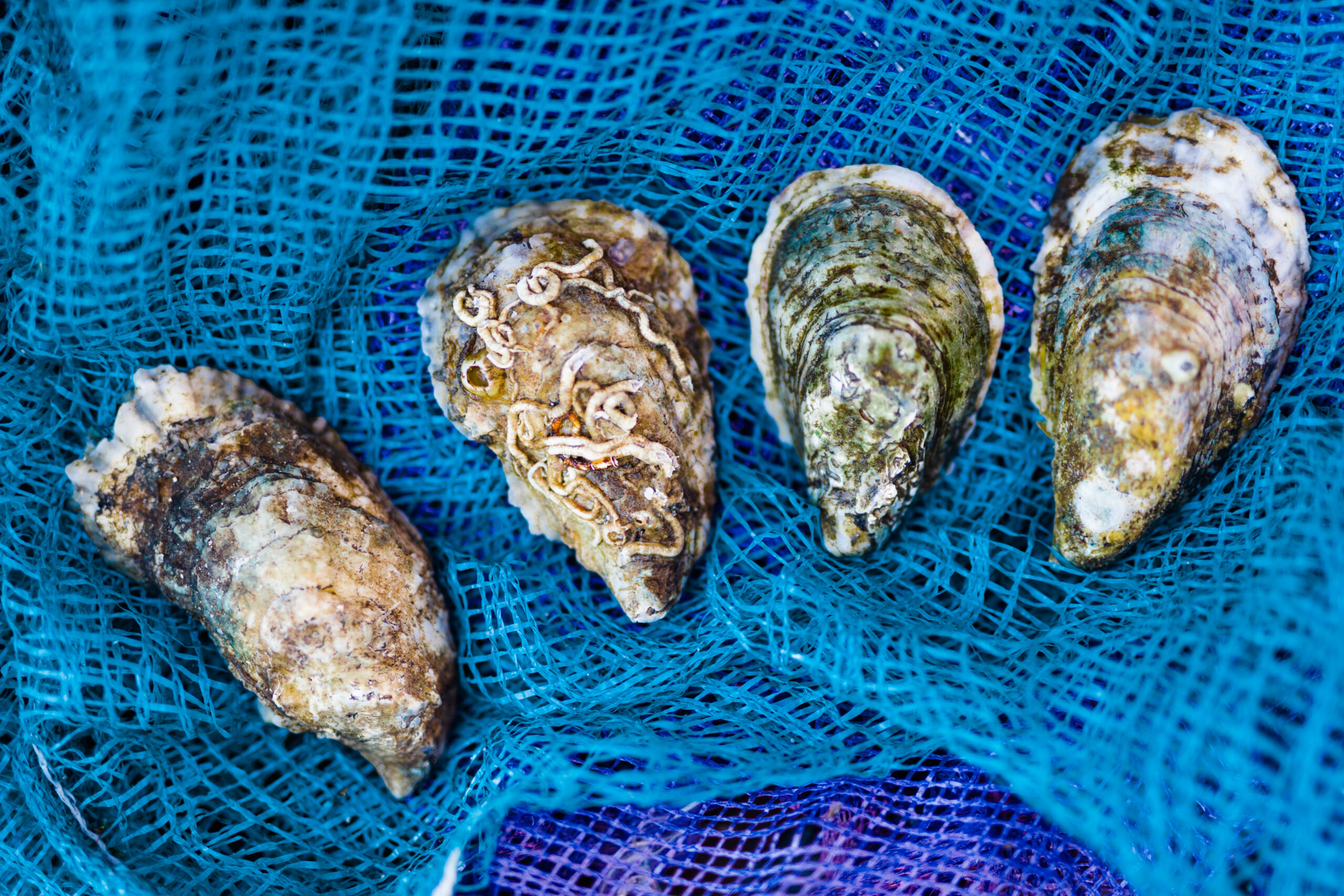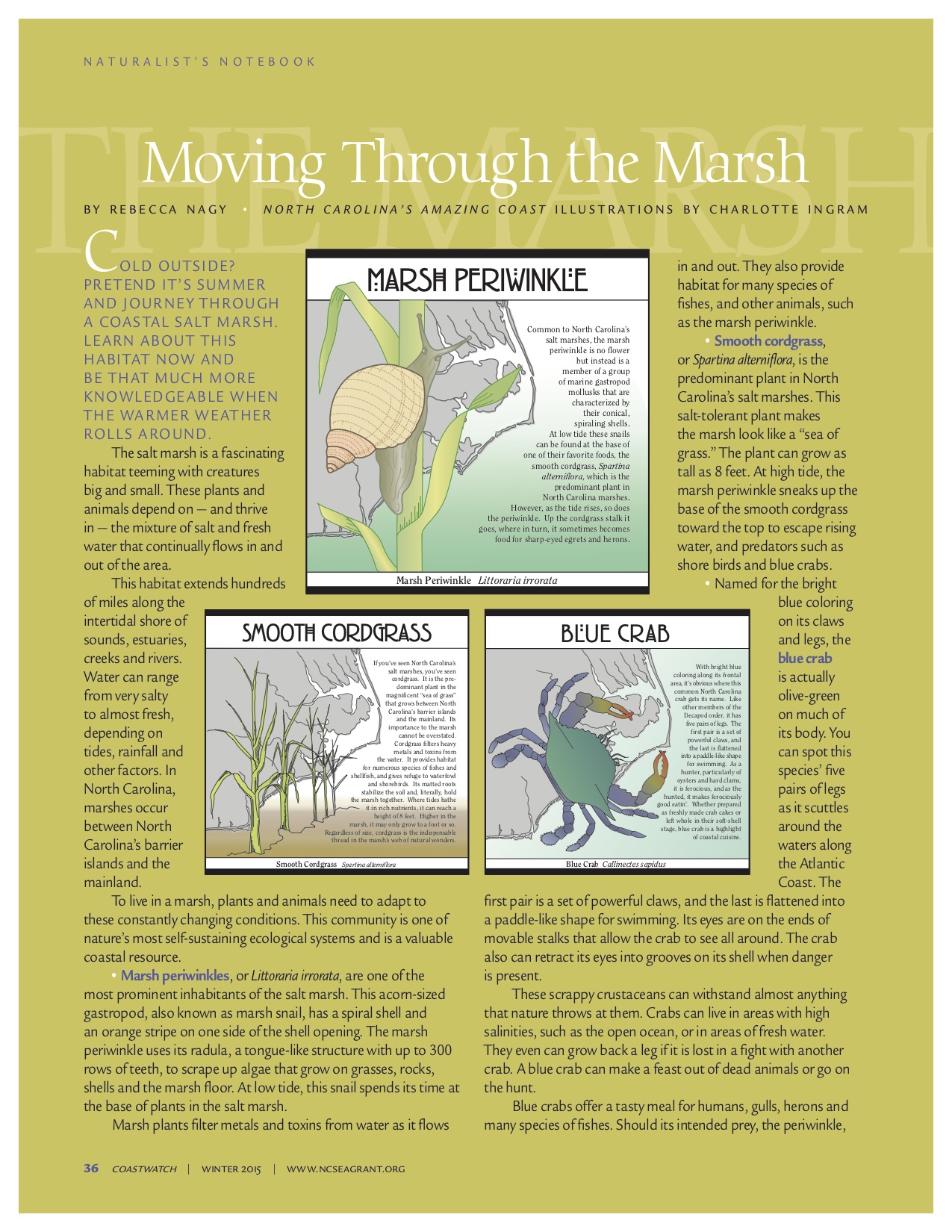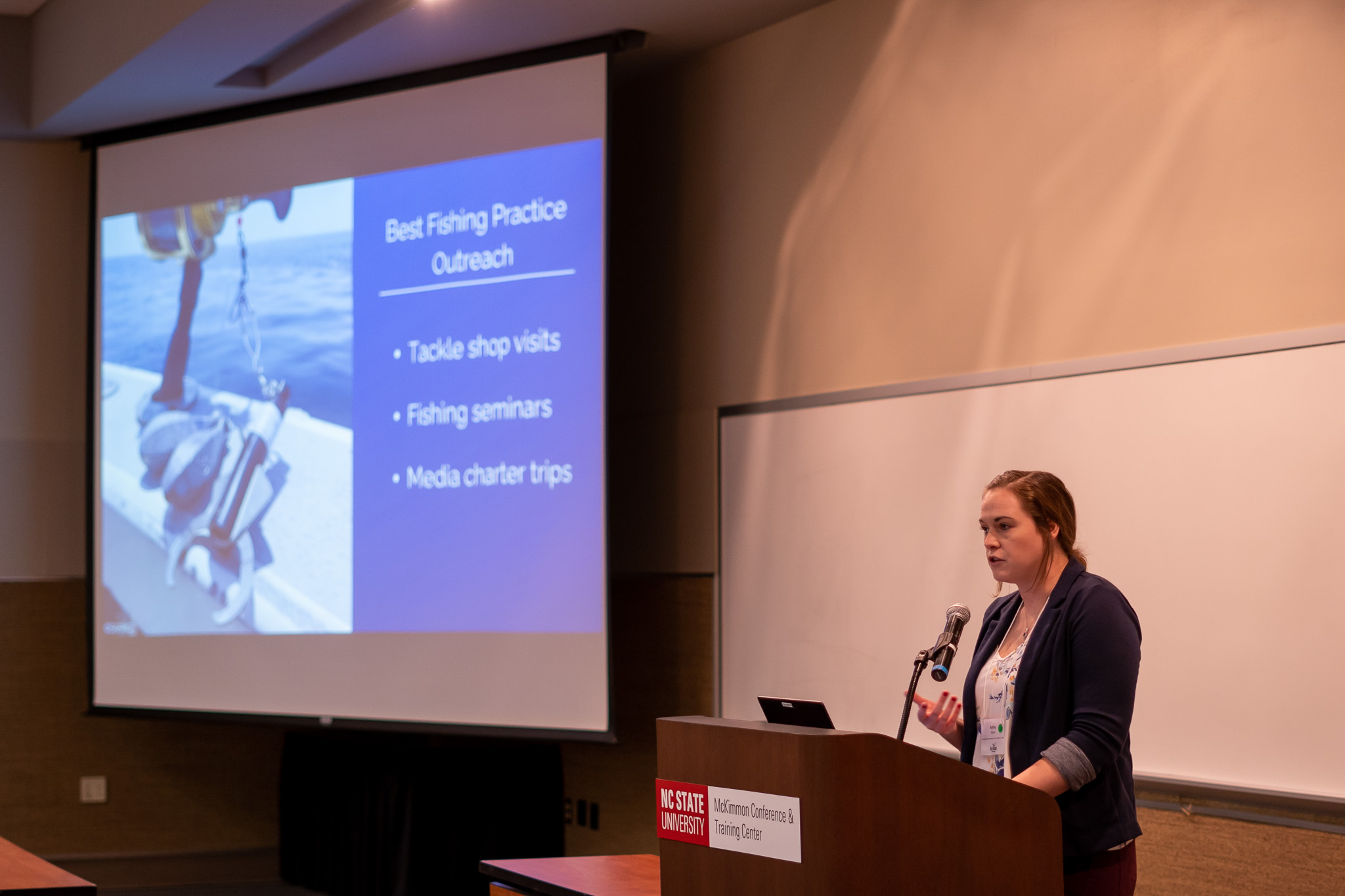BRINGING BACK A BIVALVE: Sea Grant Works to Restore Oysters

North Carolina loves its oysters. Not just hot off the grill or raw on a salty cracker, but also as a keystone species in the state’s more than 3,000 square miles of estuaries. Oysters filter water, provide shelter and protect against erosion. But by some estimates, they are down to as low as 10 percent of their historical numbers.
Learn more at the North Carolina Oyster Summit, titled “Promoting a Healthy Coastal Environment and Economy,” on March 10 and 11 at the North Carolina Museum of Natural Sciences in Raleigh.

Hosted by the Albemarle-Pamlico National Estuary Partnership, the North Carolina Coastal Federation and North Carolina Sea Grant, the summit is open to anyone working with or interested in oysters.
Since 2003, a diverse group of stakeholders, including Sea Grant, has worked collaboratively to link strategies and to develop targeted initiatives related to increasing the state’s oyster population.
“This collaboration has resulted in funding increases for oyster-related protection and restoration programs that are about 10 times higher than what they were in 2003,” says Sea Grant fisheries specialist Sara Mirabilio.
“Summit dialog will continue this coordination to give rise to more oyster habitat enhanced and restored, increased annual oyster harvests, and a greater number of watershed restoration projects along the coast,” she adds.
Discussion topics include the economic and environmental aspects of oyster restoration, enhancement and production; updates to the Oyster Blueprint for Action statewide restoration plan; and prioritization of the scientific challenges associated with restoring oysters in the state.
The summit is the latest of Sea Grant’s partnerships and efforts to increase knowledge and promote restoration of Crassostrea virginica, the Eastern oyster. Read on for two stories about Sea Grant-funded projects that contribute to oyster restoration in the state.
- Building a Better Reef Takes a Team
Justin Ridge discusses a new technique for measuring the success of oyster restoration efforts. - Using Upcycled Crab Pots to Create Oyster Reefs
Emily Woodward travels with fishermen and scientists who modify crab pots for use as oyster reefs.
To learn more about the summit, visit ncoysters.org.
This article was published in the Winter 2015 issue of Coastwatch.
For contact information and reprint requests, visit ncseagrant.ncsu.edu/coastwatch/contact/.
- Categories:


